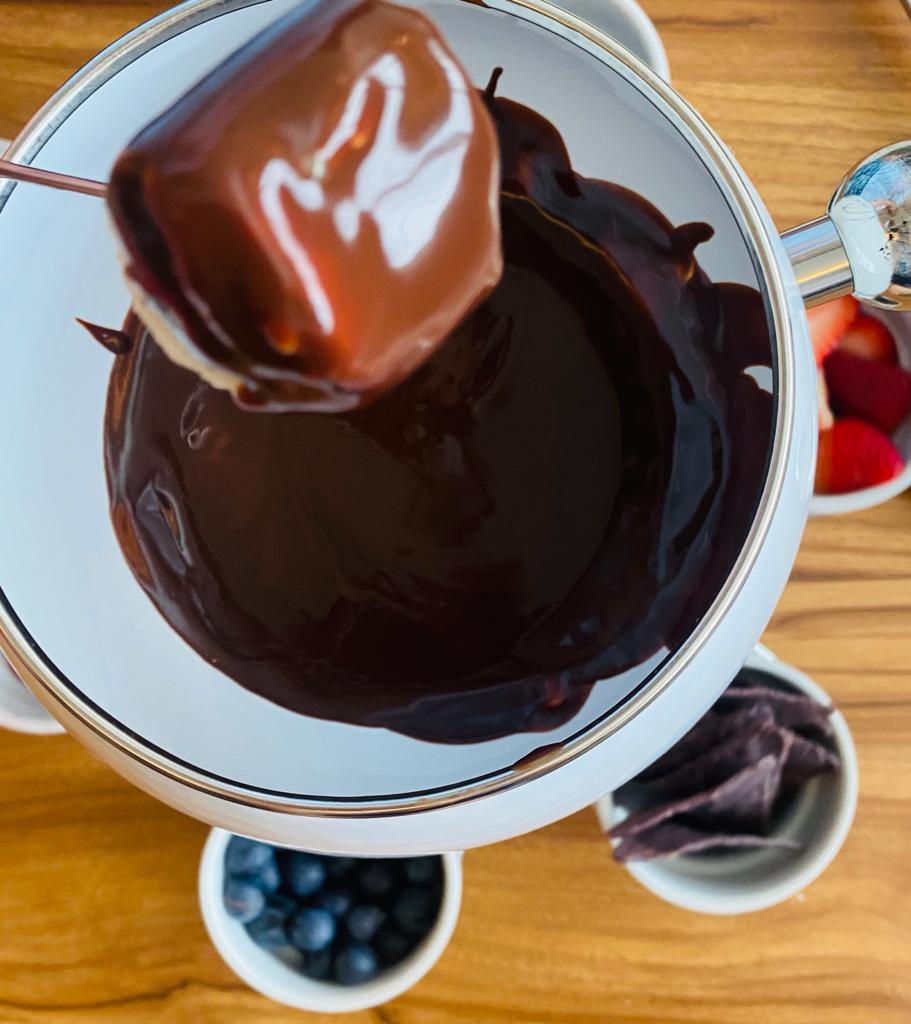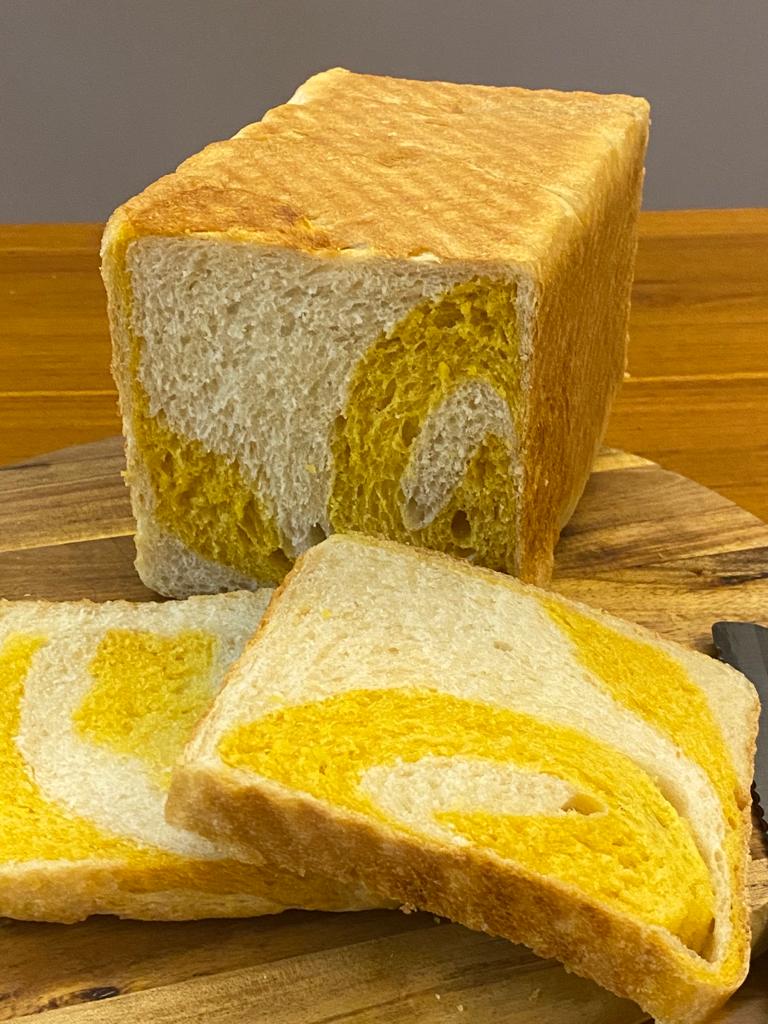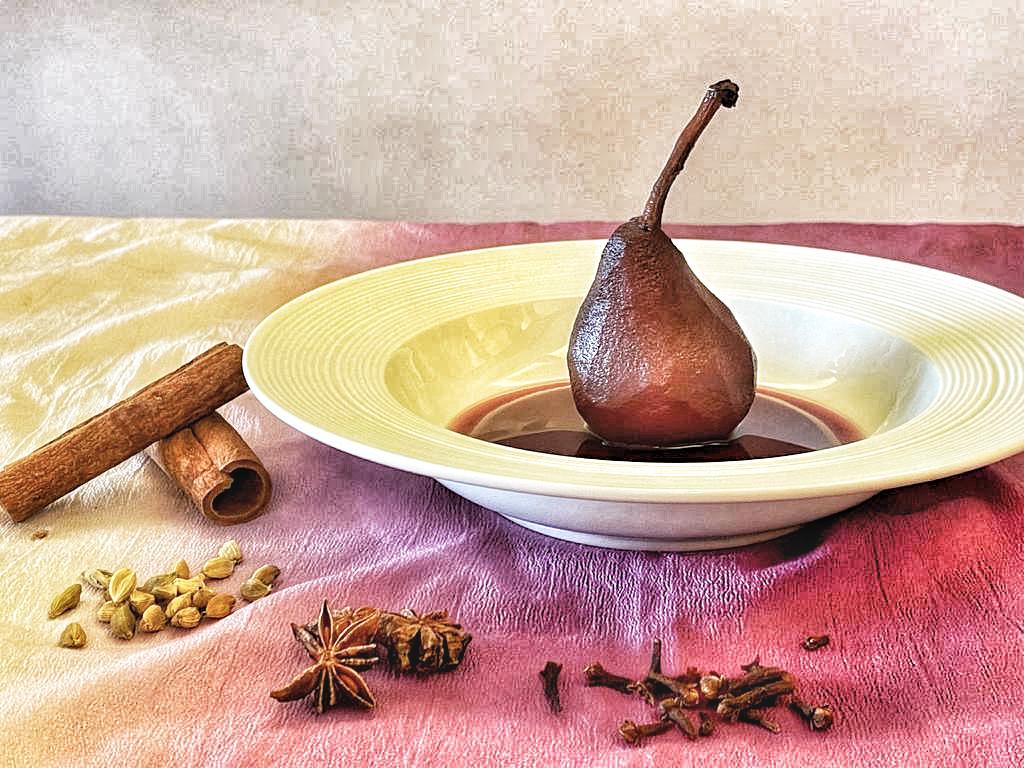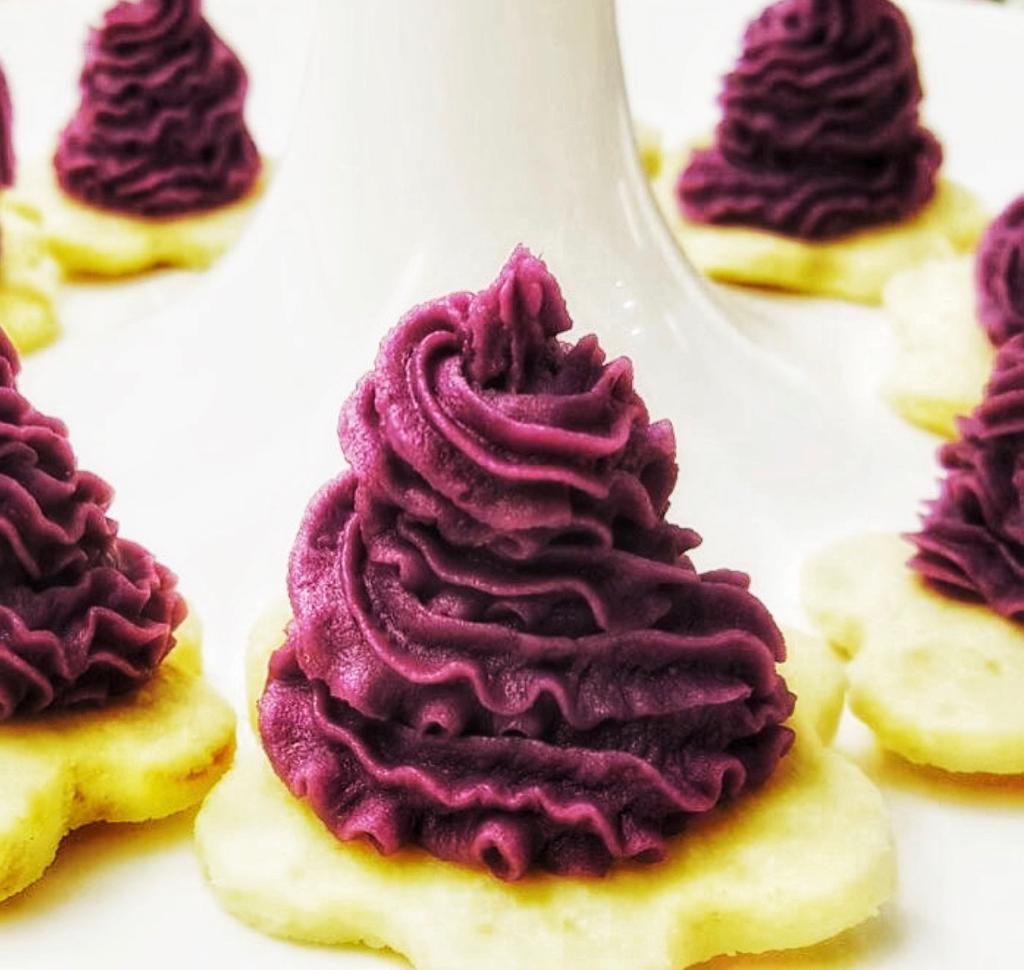The carrot is such a beautiful and wholesome ingredient. When baked as a bread, the carrot exudes an irresistible hue and injects a subtle sweetness. Try this simple recipe to infuse a healthy and fun twist to your regular bread loaf, with a beautiful swirl of carrot dough!
What you’ll need:
White Bread Dough
- 150 ml milk (room temperature)
- 15 g sugar
- 3 g dry instant yeast
- 10 g unsalted butter (room temperature)
- 200 g bread flour
- 5 g salt
Carrot Dough
- 50ml carrot juice (bottled or freshly pressed and nicely filtered)
- 5g sugar
- 1g dry instant yeast
- 3g unsalted butter (room temperature)
- 60g bread flour
- 1 pinch of salt
How to make it:
White Bread Dough
- Dissolve sugar in warm milk then stir in the yeast. Rest for 10 mins until mixture becomes foamy.
- Add the mixture, bread flour and salt into a stand mixer bowl.
- Attach the kneading hook onto the stand mixer and combine all ingredients on low speed 1.
- When all ingredients are combined, turn the speed up to 5 or 6 and knead the dough for 20 minutes, until smooth.
- Roll the dough into a ball and place it into a greased bowl.
- Cover with a damp cloth and allow to rise for about 45 min to 1 hour at about 86°F(30°C) or until doubled the size.
Carrot Dough
7. While the white dough is resting, make the carrot dough using the same steps for the white dough above. Ensure the carrot juice is slightly warmed before mixing with the sugar and yeast in step 1.
Combining the Two Doughs
8. Punch the doughs down. Using a rolling pin, roll out roughly to separate rectangles.
9. Place the carrot dough on top of the white dough, then roughly roll the doughs together. Fold the dough at the sides tightly, then place in a greased loaf tin.
10. Cover the combined rolled dough with a wet cloth and stand for 30 minutes.
11. Bake in a preheated oven at 365 °F/ 185°C for 25-30 minutes
12. When the dough has risen to be level with the tin, it’s ready to bake.
13. Remove the bread from the tin and cool it down on a rack.
Notes:
- Have fun and replace the carrot juice with other brightly coloured vegetable or fruit juice (make sure it’s been filtered if freshly pressed).
- Never mix salt into the yeast mixture as salt slows down yeast fermentation








